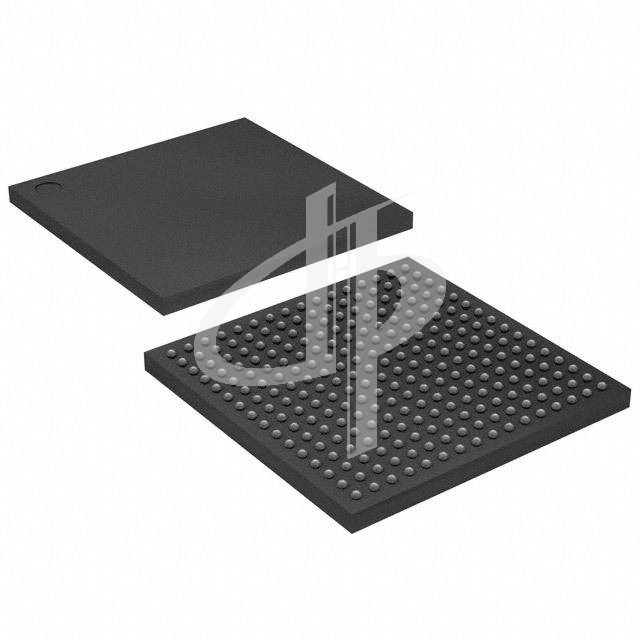The XC3S1000-5FT256C is a member of the Spartan-3 Field-Programmable Gate Arrays (FPGAs) family developed by Xilinx. FPGAs are integrated circuits that can be reconfigured after manufacturing, allowing hardware designers to customize them for specific applications.
Overview:
The XC3S1000-5FT256C FPGA is a mid-sized device within the Spartan-3 family, offering a balance of logic capacity, I/O (input/output) capability, and performance.
Features:
- Logic Cells: The XC3S1000-5FT256C contains a specified number of logic cells that can be configured to perform various logic functions.
- Block RAM: It includes dedicated memory blocks that can be used for data storage or FIFO implementations.
- Configurable I/Os: The FPGA offers a range of programmable I/O pins that can be tailored for specific interface requirements, such as LVCMOS, LVDS, etc.
- CLB Architecture: The device is likely to include configurable logic blocks (CLBs) that can be customized to implement complex logic functions.
- Built-in DSP Blocks: It may contain digital signal processing (DSP) blocks that can be used for implementing a variety of signal processing algorithms efficiently.
- Clock Management Tiles: The FPGA may feature specialized resources for clock generation, distribution, and management.
- Configuration Memory: The device will have internal configuration memory to store the FPGA's configuration bitstream.
- Low-Power Capabilities: It is likely to include various power-saving features to optimize power consumption.
Applications:
The XC3S1000-5FT256C FPGA can be used in a wide range of applications across various industries. Some typical applications include:
- Digital Communications: Used for implementing protocol conversion, high-speed serial interfaces, and digital signal processing in communication systems.
- Embedded Systems: Employed in embedded systems to offload specific functions from the main processor, such as bus interfacing and peripheral control.
- Industrial Automation: Used for implementing control logic, interfacing with sensors and actuators, and real-time data processing in industrial automation systems.
- Signal Processing: Utilized for implementing various digital signal processing algorithms, such as filtering, modulation/demodulation, and spectral analysis.
- Image Processing: Applied in image and video processing applications for tasks like image enhancement, compression, and feature extraction.
- Test and Measurement: Used for developing custom test and measurement instruments with specific data processing and control needs.
- Consumer Electronics: Employed in various consumer electronic devices requiring customization and flexibility in managing digital functions.
- Automotive Electronics: Utilized in automotive control and infotainment systems as well as in vehicle networking and communications.
The FPGA's flexibility and programmability make it well-suited for applications where customization, high-performance computation, and flexible I/O interfacing are essential. Careful consideration of the FPGA's features and performance characteristics relative to the specific application requirements is crucial for successful implementation.




